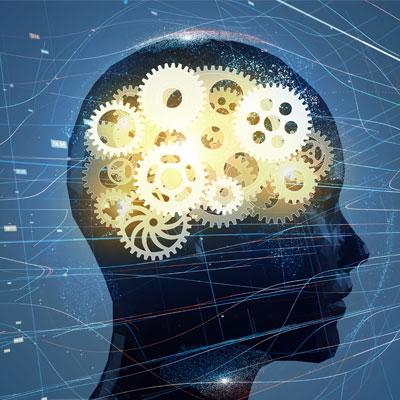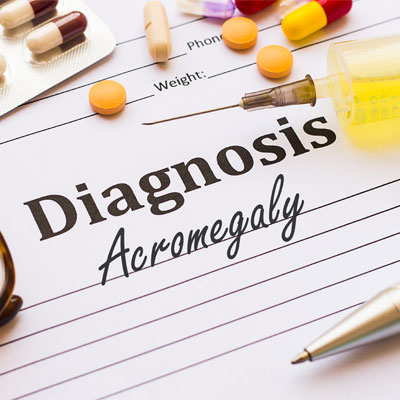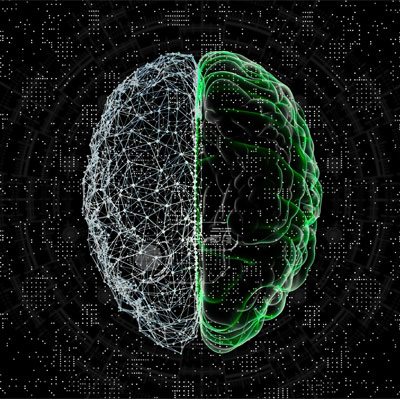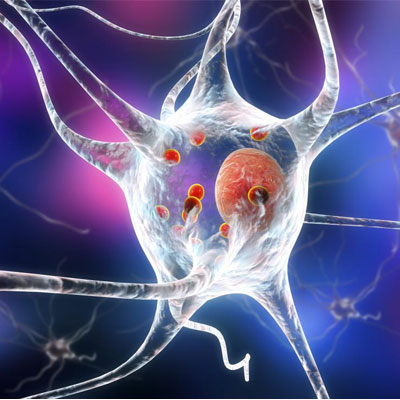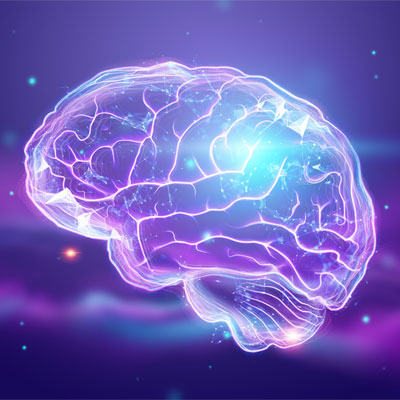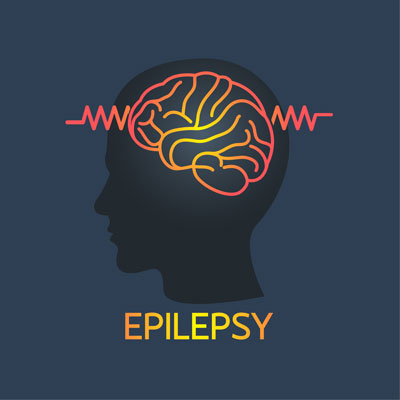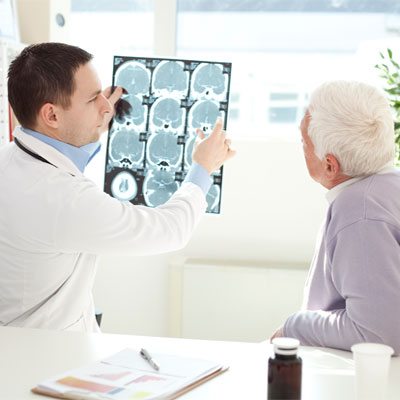Contents
- Brain Anatomy
- Frontal Lobe: located beneath the forehead in the anterior region of the brain.
- Temporal Lobe: situated above the ears on the side of the head, behind and beneath the frontal lobe.
- Parietal Lobe: found above the ears, near the top, rear of the head
- Occipital Lobe: situated at the posterior of the head.
- Neuroprotective Benefits of HGH on the Brain
- HGH Therapy and Brain Injury
- HGH Therapy and Cognitive Functions and Memory
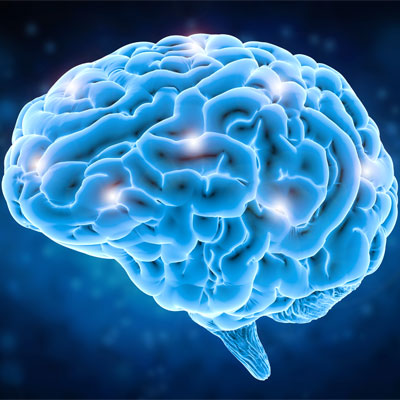
- Cerebrum
- Cerebellum
- Brainstem
Brain Anatomy
The Trusted sourceThe CerebrumTeach Me AnatomyGo to sourcecerebrum is what we visually equate as being “the brain.” It is the top, primary part of the brain, and contains a deep furrow dividing it in half – forming right and left hemispheres. Each hemisphere contains multiple lobes that control the many functions and movements that occur in the body. The cerebrum regulates fine motor control, vision, reasoning, emotions, speech, hearing, learning, and interpreting touch. Because growth hormone crosses the blood/brain barrier, it can impart signals in these crucial areas – affecting their performance.
The cerebrum’s left hemisphere oversees the body’s right side, including right arm and leg movements. The right brain hemisphere governs the body’s left side. If an injury or tumor occurs to the left side of your head, you may suffer problems with movement, feeling, sight, or hearing on the right side.
Each cerebral hemisphere also controls certain types of actions. The right hemisphere regulates nonverbal, spatial skills, creativity, and musical and artistical skills. For the left hemisphere, speech, arithmetic, writing, comprehension, and language are primary functions.
Bridging the right and left hemispheres to initiate the pathway of information is the corpus callosum. This bundle of fibers (axons) transmits signals from one side to the other. Inside each hemisphere are four distinct lobes:
Frontal Lobe: located beneath the forehead in the anterior region of the brain.
Regulatory process of the frontal lobe includes many intellectual activities such as:
- Intelligence
- Concentration
- Problem-solving
- Judgment
- Speech
- Planning
- Body movement
- Writing
- Reasoning
- Personality
- Emotions
- Behavior
- Self-awareness
Temporal Lobe: situated above the ears on the side of the head, behind and beneath the frontal lobe.
The temporal lobe regulates:
- Comprehension
- Speech
- Memory
- Sequencing and organization
- Perception
- Auditory stimuli
Parietal Lobe: found above the ears, near the top, rear of the head
The parietal lobe regulates the following:
- Spatial and visual perception – orientation
- Interprets visual, hearing, sensory, motor, and memory signals
- Movement
- Recognition
- Sensory – touch, temperature, pain
- Ability to write and read – interpretation of language and words
Occipital Lobe: situated at the posterior of the head.
Occipital lobe functions include:
- Sight
- Interprets color, movement, and light
- Visual processing
There are four other areas to discuss:
- Limbic System: this is the “emotional brain” located within the cerebrum, and contains the following:
- Amygdala – found in the temporal lobe, amygdala functions include memory, fear, and emotion
- Hippocampus – in the medial region of the temporal lobe, hippocampus functions include learning, recalling spatial relationships, converting short-term memory to permanent status
- Hypothalamus – located ventral to the thalamus and crucial for secreting numerous essential hormones to the pituitary gland, the hypothalamus plays roles in circadian rhythms, homeostasis, thirst, hunger, emotion, and regulates the autonomic nervous system
- Thalamus – found in the forebrain, the thalamus receives most of the brain’s sensory information through the many axons and neurons that receive and transmit signals, such as pain sensation and attention
Brain Stem: this lower part of the brain sits under the limbic system and extends down to the spinal cord. The brain stem carries the nerve fibers that deliver the signals and impulses between the brain and the body. The three primary parts include the midbrain, pons, and medulla. The brain stem also has regulatory functions for the following:
- Blood pressure
- Heart rate – medulla
- Breathing – medulla
- Consciousness
- Fatigue
- Sensory analysis – pons
- Motor control – pons
- Eye movement and vision – midbrain
- Hearing – midbrain
- Body movement – midbrain
Cerebellum: the brain region situated at the base of the skull. The cerebellum controls posture, balance, movement, and fine motor skills, and also has two hemispheres.
Grey and White Matter: on the cerebrum’s surface is the cortex which contains grey and white matter (tissue). Neurons make up the grey matter, and axons make up the white matter. The neurons (grey matter) analyzes information transmitted by the axons (white matter).
Because the ratio of white to grey matter changes as you age, HGH therapy can help promote proper brain functions by providing an increased signal to the many growth hormone brain receptor cells.
Researchers are studying the effects of HGH therapy for brain function after finding that human growth hormone molecules cross the blood-brain barrier. HGH receptors can be found in many areas of the brain. The lobes of the two cerebral hemispheres control or regulate functions that include:
- Reasoning
- Voluntary movement
- Taste
- Eyesight
- Planning
- Short-term memory storage
- Thought transformation into words
- Touch
- Sound
- Math
- Aroma
- Reading
- And more
When your brain is healthy, and it gets the necessary hormone signals that it needs, these functions work without a hitch. However, if your brain is injured, or if the essential hormone signals do not reach their receptor cells, these functions will suffer. That is where HGH benefits for brain performance play a significant role.
The brain is full of HGH receptors simply waiting for a supply of human growth hormone to arrive. HGH secretion occurs in pulsatile bursts every 3 to 5 hours. Nighttime brings the most abundant supply of HGH production during each phase of slow-wave sleep. Getting less than eight hours severely impacts HGH levels, and, subsequently, brain functions. Remember, processing of the day’s activities and memory storage occurs while you sleep with help from HGH.
Since HGH also stimulates cellular regeneration – a process crucial for protecting the internal organs from shrinkage – there may be an HGH brain growth connection. Studies are underway to see if growth hormone can indeed protect the brain from the shrinkage associated with aging. Part of the reason behind this research is a study that looked at how the enzyme protease plays a role in apoptosis – cellular death. After introducing apoptosis stimulating genes into brain cells to cause death, the researchers added human growth hormones which generated protease inhibitors. These inhibitors prevented the apoptosis which prevented cellular death.
Neuroprotective Benefits of HGH on the Brain
Preventing apoptosis is only one of the many neuroprotective benefits we find when looking at HGH and brain cells. Researchers have currently identified over 600 different neurological diseases and disorders, including:
- Degenerative diseases
- Brain tumors
- Convulsive disorders
- Neurogenetic diseases
- Cerebrovascular diseases
- Trauma
- Infectious diseases
- Metabolic diseases
- And more
For adults dealing with low levels of HGH, brain tumors are one possible cause. Injury to the brain, cancer treatments such as radiation to the head, and even aging are other reasons why HGH levels decline.
It is vital that we focus attention on the neuroprotective benefits of HGH therapy for brain function at a time in life when the cognitive processes begin to decline. If the cause is growth hormone deficiency, then brain functions will continue to worsen unless action occurs. That action is HGH replacement therapy.
Aside from its neuroprotective benefits, HGH also increases neurogenesis while enhancing cognitive functions. In research on the devastating disease amyotrophic lateral sclerosis (ALS), studies conducted on cellular and animal models of ALS demonstrated HGH neuroprotective effects which could slow or possibly reverse the progressive degeneration to the upper and lower motor neurons.
Since HGH also helps to eliminate protease activating free radicals, growth hormone may play a significant role against Alzheimer’s, Parkinson’s, and other neurogenerative diseases in the future.
HGH Therapy and Brain Injury
Traumatic brain injury (TBI) can significantly reduce brain functions. In studies on HGH for brain injury, researchers have found that many positive benefits without an increased risk of side effects. Benefits from HGH use for TBI include:
- Complex figure recall
- Better cognition
- Improved spatial orientation
- Verbal memory testing recall
- Enhanced quality of life
Another area of HGH brain repair research focuses on the damage done by opiate abuse. We hear about this problem nearly every day in the news. A study performed in Sweden showed benefits of HGH therapy for brain function that occurred by salvaging brain cells targeted for death due to continued use of opiates. Growth hormones increased neurogenesis – new brain cell growth – to aid in memory and attention span. HGH therapy has already shown promise for renewing dendrite connections that connect neurons for communication.
HGH Therapy and Cognitive Functions and Memory
Research into HGH and brain health is ongoing, and will likely continue for many years, if not decades. The good news is that studying the effects of HGH on the brain will only provide more insight into how this hormone can protect the cognitive degeneration many of us experience as we age. The current use of human growth hormone therapy in HGH deficient adults points us further in the right direction.
The benefits of HGH for brain functions in adults include:
- Better focus and concentration
- Sharper memory recall
- Faster learning
- Enhanced cognitive skills and processing
- Improved mental calculations
- Reversal of depression, anxiety, and irritability
- Better mood and emotional well-being
Please contact our hormone clinic for further information on HGH therapy for brain function. Our medical advisors provide free, confidential consultations to men and women age 30 and older throughout the US.
- University of California – Santa Barbara
- Walter M. High, Jr, Maria Briones-Galang, PhD., Charles Gilkison, MD., Dennis J. Zgaljardic, PhD., Brent E. Masel, MD., Randall J. Urban, MD.
- Jin-Young Chung, Jun-Sang Sunwoo, Min-Wook Kim, PhD., Manho Kim, M.D., Ph.D.
- N. David Åberg, Katarina Gustafson Brywe, Prof., Jörgen Isgaard, MD., PhD.
- Lin Kooi Ong, Wei Zhen Chow, PhD., Clifford TeBay, Murielle Kluge, PhD., Giovanni Pietrogrande, Katarzyna Zalewska, Patricia Crock, Prof., N. David Åberg, Andrew Bivard, Sarah J. Johnson, Prof., Frederick R. Walker, PhD., Michael Nilsson, Prof., Jörgen Isgaard, MD., PhD.
- Nikhil Swaminathan
Growth Hormone Is Made In The Brain, Report Scientists
Effect of Growth Hormone Replacement Therapy on Cognition after Traumatic Brain Injury
The neuroprotective effects of human growth hormone as a potential treatment for amyotrophic lateral sclerosis
Aspects of Growth Hormone and Insulin-Like Growth Factor-I Related to Neuroprotection, Regeneration, and Functional Plasticity in the Adult Brain
Growth Hormone Improves Cognitive Function After Experimental Stroke

